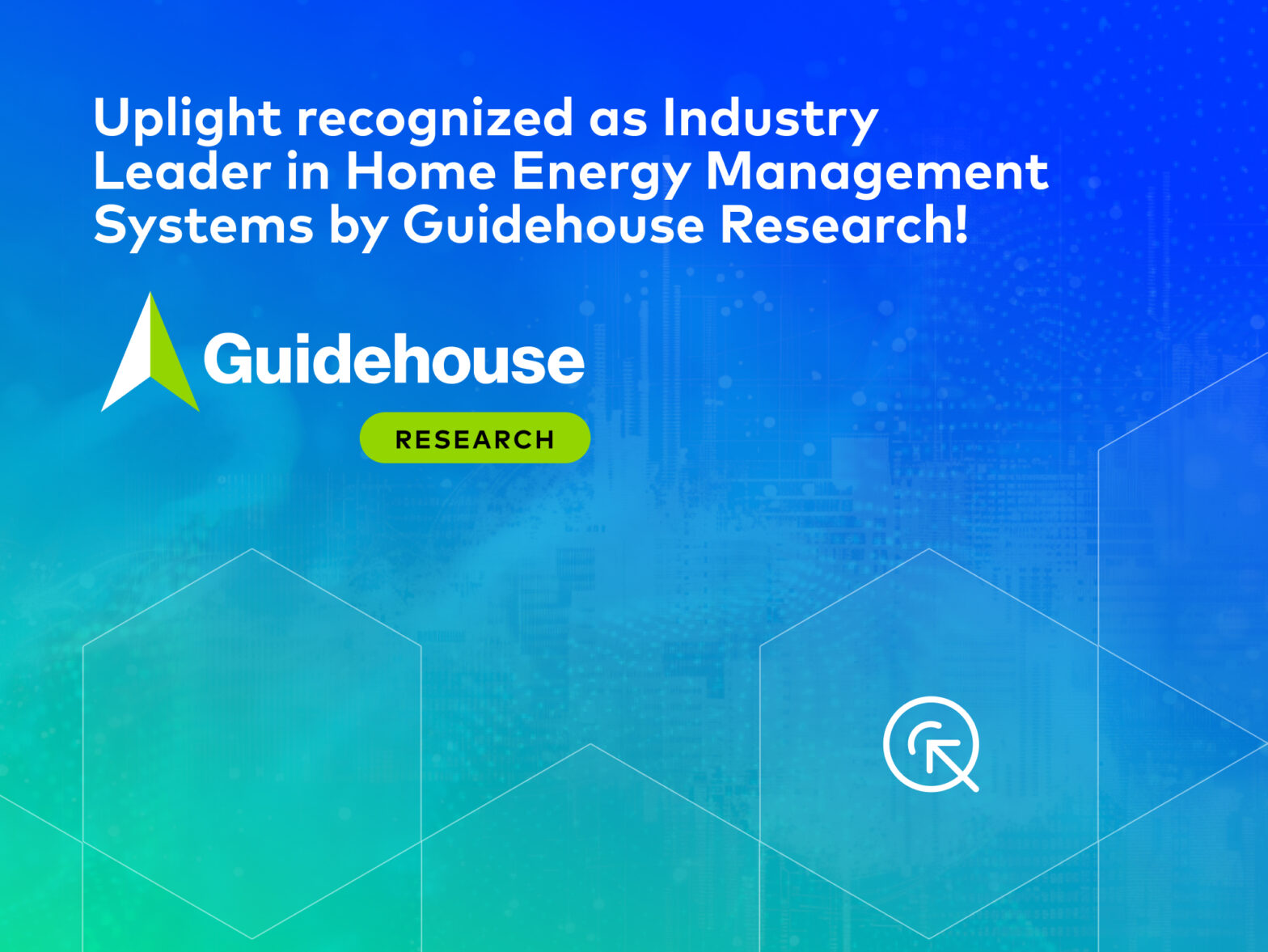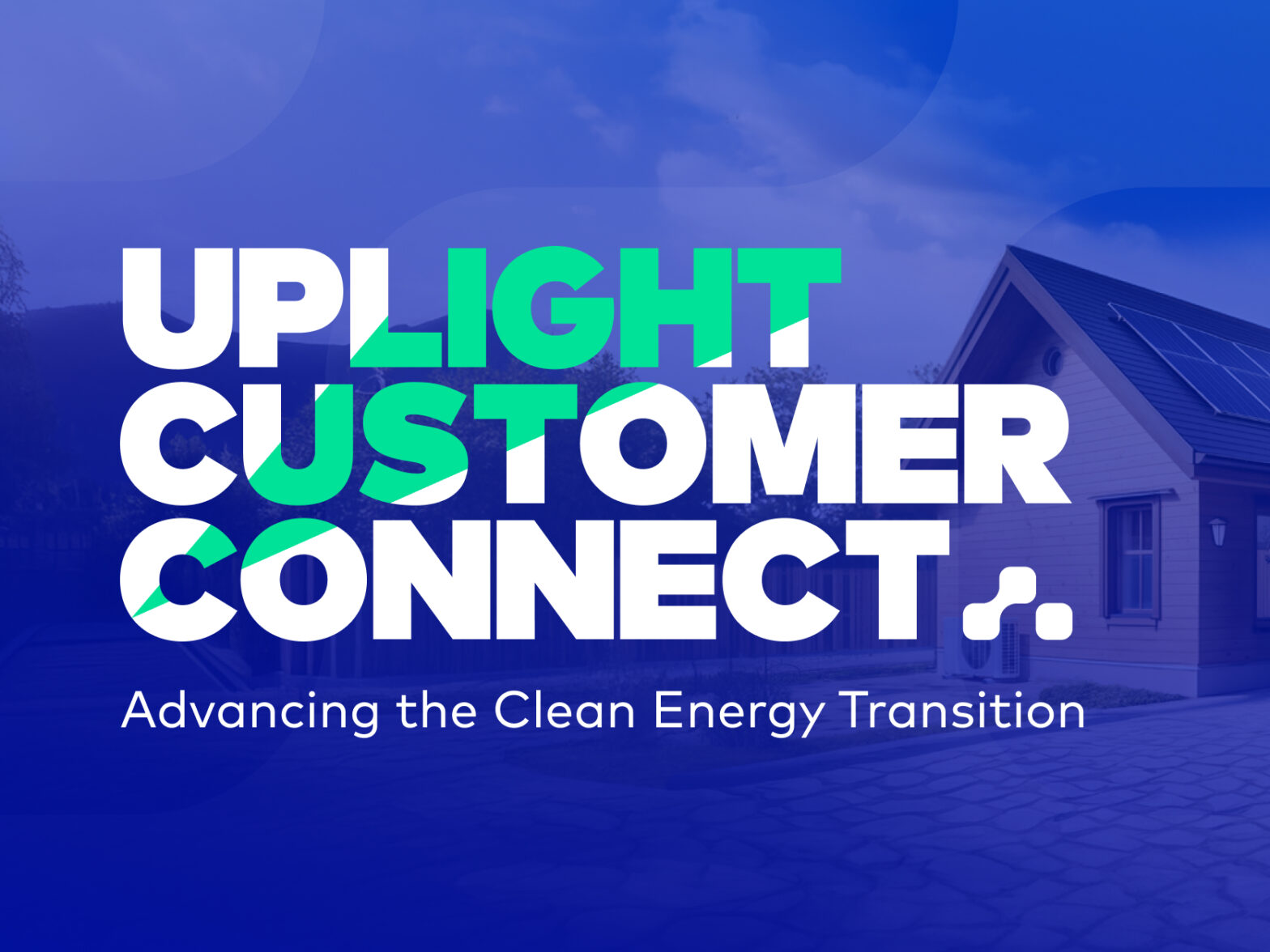This post was originally published on the Ecotagious website. Ecotagious is now Uplight.
There was one major acquisition that shook the business world in 2017. Global giant Amazon announced their $13.7 billion acquisition of Whole Foods, forcing grocery competitors such as Wal-Mart to catch up by investing more into Amazon’s winning strategy. Amazon is consistently using technology and big data to keep competitors on the edge of their seats. Last week they launched “Amazon Go,” the newest concept in grocery shopping using automated technology allowing shoppers to completely bypass the checkout line. Amazon’s strategy of using big data to deliver personalization and convenience throughout the entire customer journey is a big contributor to why it is one of the most valued brands of the year. Amazon’s success, and increasing stock price, are a testament to the value of applying ‘personalization and ease’ to the entire customer process.

Similar to Amazon’s winning strategy, Ecotagious has been working with innovative utilities to implement the next-generation of home energy report programs, which uses personalization at every step of the process to maximize customer engagement and deliver cost-effective energy savings. Through the power of smart meter disaggregation, Ecotagious’ algorithms turn smart meter data into appliance-level feedback for each customer based on their actual energy usage. The disaggregation algorithms form the underlying intellect required to deliver a truly personalized customer experience. Ecotagious’ innovative and powerful analytics have challenged the traditional home energy report programs achieving industry-leading, third-party verified energy savings.
The Ecotagious process consists of three main stages, each driven by disaggregation:
STAGE #1 – PROGRAM PLANNING

Smart meter disaggregation is the most accurate and cost-effective tool to determine which energy load(s) to target while quantifying program potential based on actual usage.
Disaggregation feeds into program planning by
1. Identifying energy savings potential per program
Answers the Question: “How much energy savings can we achieve in our service area with a summer air conditioning program, versus a winter space heating program?”
2. Determining timelines to ensure program delivery coincides with when messaging will deliver the greatest impact
Answers the Question: “Exactly when are customers in my service territory using the most air conditioning or space heating and consequently, when should I be sending them home energy reports?”
3. Determining the cost-effectiveness of different program options
Answers the Question: “Which programs deliver the highest energy savings by targeting the fewest number of customers in my service territory?”
STAGE #2 – CUSTOMER SELECTION

Smart meter disaggregation can identify the customers with the highest potential to save depending on the specific program. For example, when selecting customers to target for a heating program, disaggregation (from either smart meters or regular meters) can identify those customers with the highest actual usage of electric or natural gas heating. We combine this information with other proprietary metrics developed over the years to identify customers with the highest potential to save. Selecting the right customers helps:
1. Minimize costs by eliminating low savings potential customers
2. Maximize energy savings by targeting customers with the highest saving potential
STAGE #3 – PERSONALIZATION OF CONTENT

Finally, smart meter disaggregation is used to design personalized content based on actual household energy usage that motivates, focuses and drives customers to act. The content delivered to each customer will be unique based on their individual appliance-level energy usage, so no two households will receive the same message.
1. Motivate Customers with Social Benchmarking: combining smart meter disaggregation and housing characteristic data allows customers to receive relevant peer comparisons. This motivates them to better understand their own energy use.
The next-generation social benchmarking compares each home’s usage to others of similar size and type in their neighbourhood, making it as relevant to each customer as possible.
2. Focus Customers with an Appliance-level Breakdown: now that customers are motivated to engage with their energy usage, an appliance-level breakdown helps direct them to exactly which load(s) to focus on.
3. Drives Customers to Action with Tailored Recommendations: using each customers’ unique appliance-level data, tailored recommendations are actionable insights dynamically delivered to educate customers on how the can begin to save immediately.
Not only has using smart meter disaggregation at every step of the program delivered industry-leading third-party verified energy savings and enhanced customer satisfaction, the in-depth analysis also allows for utilities to segment customers based on their appliance-usage. Creating a personalized customer experience and is now easier than ever and only requires existing meter data – no additional hardware or customer input.




